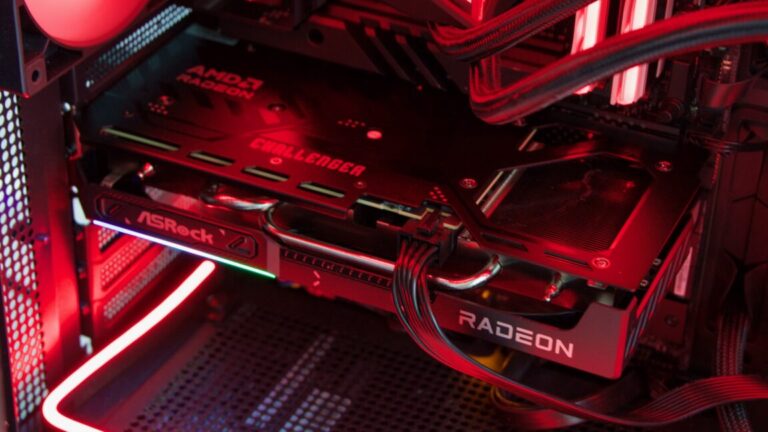The Current State of the GPU Market in 2025
As we delve into the graphics card market of 2025, it’s clear that the availability of mainstream GPUs such as the 5060, 5070, and 9070 is not the main concern. Rather, the pressing issue lies in the fact that these cards seldom retail for their advertised prices. This persistent dilemma has plagued consumers, as major manufacturers like AMD, Nvidia, and Intel often inflate prices by introducing enhanced features, such as advanced cooling solutions, RGB lighting, or slight factory overclocks. Consequently, finding cards at their Manufacturer’s Suggested Retail Price (MSRP) is increasingly rare.
The Price Discrepancy for Popular Cards
To illustrate the current pricing landscape, let’s take a look at various offerings on Newegg. The Intel Arc B580, marketed at “$249,” is available at a minimum price of $299. Similarly, a singular Gigabyte RTX 5060 can be acquired for $299; however, the majority range from $320 upwards. The 8GB RTX 5060 Ti, originally priced at $349, now starts at approximately $390, while higher-end variants begin closer to $490. The RTX 5070, listed at $549, typically retails for $600 or more. In the same vein, the RX 9070 commands a starting price of $650, with the RX 9070 XT often exceeding $720.
Understanding Price Trends
This scenario paints a clear picture: while graphics card options abound, actual prices are generally inflated by $50 to $100 compared to what they should be. For consumers navigating these turbulent waters, it’s vital to be aware of the ongoing price hikes, which heavily affect purchasing decisions. Market fluctuations lead to complicated choices for gamers and professionals alike seeking competitive graphics performance.
Selecting the Best Options for Your Needs
If you’re contemplating a GPU purchase, and the 16GB version of the RX 9060 XT is priced at $349, it’s advisable to seize the opportunity. Its future-proofing capabilities and performance advantages make it a superior choice, particularly when comparing it to the 5060 Ti, which often costs almost $150 more. However, potential buyers should remain vigilant and consider alternative options and their actual pricing, especially when they can’t secure devices at the listed MSRP.
Pondering a Better Future
Imagine a world where companies responsible for designing and manufacturing graphics cards announce new products complete with transparent pricing, enabling consumers to effortlessly purchase these items at their original prices—both online and in physical stores. This scenario is a desired reality for many, yet remains elusive in our current climate.
The Underlying Factors Affecting GPU Pricing
Several factors contribute to the current GPU pricing landscape. The decline of Moore’s Law, ongoing inflation, tariffs, and widespread economic uncertainties play significant roles. Additionally, businesses are discovering that selling GPUs as AI accelerators yields higher profits than traditional gaming markets. This shift in focus complicates the dynamics of GPU availability and pricing, leaving many gamers frustrated.
Final Thoughts on Navigating the GPU Market
In conclusion, the 2025 GPU market presents a challenging environment for consumers. Understanding price trends and the motivations behind them is essential for making informed purchases. While the path may be fraught with difficulties, staying educated about product availability and pricing strategies can empower consumers to make the best choices for their gaming and computing needs.
